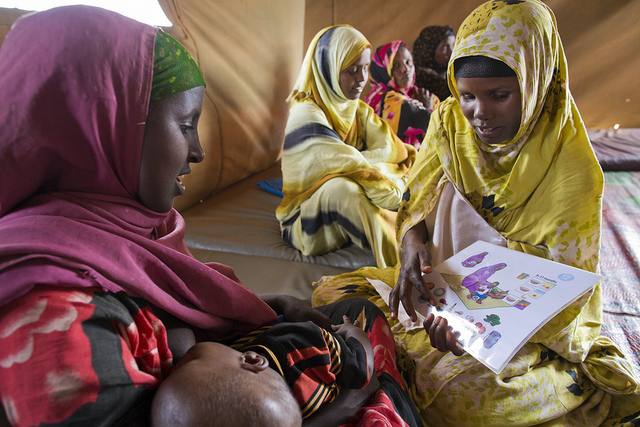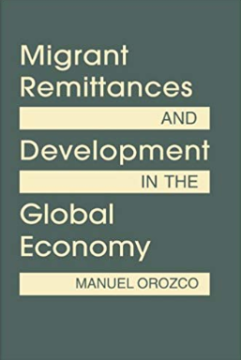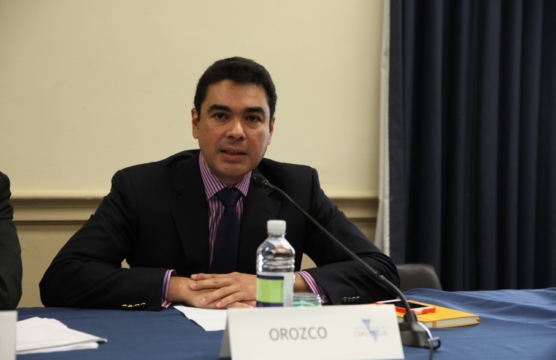The Earthquake’s Impact on Remittances
The earthquake in Haiti has exacerbated an existing distress during the international recession and increased uncertainty of what to do and how to help.
Each year, Somali migrants around the world send approximately $1.3 billion to Somalia in an incredible expression of solidarity, faith, patriotism, and generosity. Of that, approximately $260 million comes from Somali-Americans and Somalis in the United States—more than the total amount of development and humanitarian assistance that the US government sent to Somalia in Fiscal Year 2012 ($242 million). These flows, facilitated by Somali-American Money Transfer Operators (MTOs), represent a significant share of Somalia’s economy and help reduce Somalia’s reliance on assistance from foreign governments and international organizations. Moreover, remittances allow individuals and families to spend money based on their needs and priorities. Continued support from the Somali diaspora is essential in order for Somalia to successfully emerge from its protracted humanitarian emergency and political crisis, as well as to build the foundations for its long-term development.
The earthquake in Haiti has exacerbated an existing distress during the international recession and increased uncertainty of what to do and how to help.
How do patterns of migration and remittances differ across regions? What kinds of frameworks support the contributions of remittances to local development?
On February 24th, the Inter-American Dialogue held its annual event on Remittances to Latin America and the Caribbean.
 www.flickr.com/photos/unicef
www.flickr.com/photos/unicef

